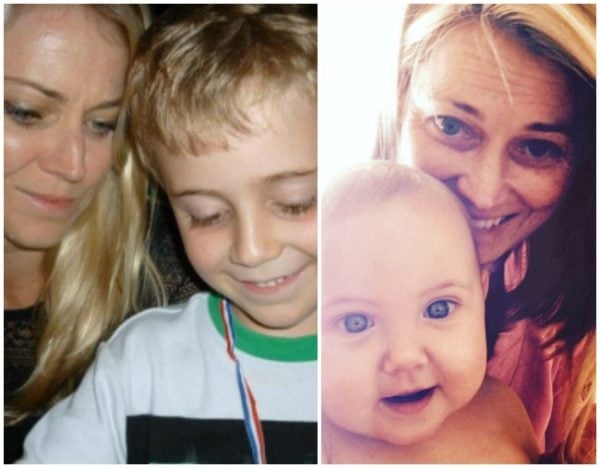I had an incredible, drug-free natural birth with my son and felt like I could leap from tall buildings and conquer the world at the end of it. But for 10 years I still felt as if something was missing.
That something was the fact that I had not been given the opportunity to push my baby out. Despite labouring well, the obstetrician came in during my pushing, turned on all the lights and insisted I get on the bed for him to exam me. Then when my pushing slowed down he took over using ventouse to suction my son out.
This lack of control and inability to birth my baby always left me with a feeling of failure and wanting. Had my body failed me? I never got to experience the complete miracle and power of pushing my baby out of my body.
